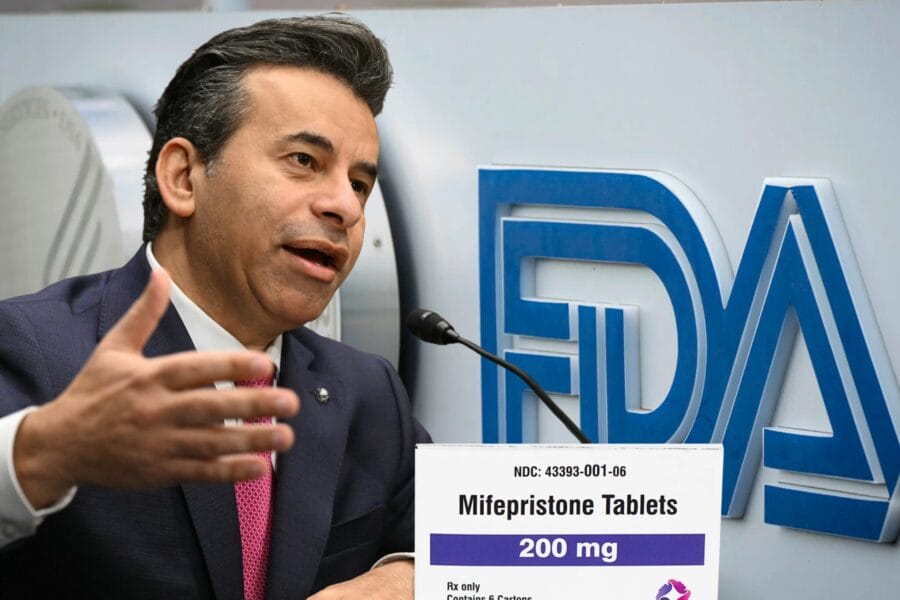The Supreme Court issued its decision last week in U.S. Food & Drug Administration v. Alliance for Hippocratic Medicine, the case that challenges the FDA’s deregulation of mifepristone as unlawful. In a 9-0 decision, the Court ruled that the pro-life doctor plaintiffs did not have standing.
The decision is an even-handed application of standing doctrine that will affect all federal court litigation, not just the pro-life doctors in this case. The decision appears to rein in standing doctrine to comply more closely with Article III of the Constitution. The Justices did not reach the merits of the case, so it’s still an open question whether the FDA unlawfully deregulated mifepristone.
Notably, the opinion gives a clear roadmap for how doctors could have standing to challenge the FDA’s actions in future litigation. The opinion also states that “it is not clear that no one else would have standing to challenge FDA’s relaxed regulation of mifepristone,” which means other parties might have standing to challenge the FDA’s actions.
This case is not over. Right now, the case is at the preliminary injunction stage, i.e., whether to block the FDA’s actions until we reach a final outcome in this case. The Supreme Court is sending the case back down for further litigation on the merits, i.e., whether to permanently block the FDA’s actions. Even though the Supreme Court ruled the pro-life doctors do not have standing, there are three intervenor-states in the district court (Missouri, Idaho, and Kansas) who could show standing. So we will expect litigation to continue.
Notably, even though we had a setback on the standing issue, this case includes the strongest defense of conscience rights seen in a Supreme Court decision. The pro-life doctors argued there was an injury to their right of conscience not to assist in the completion of chemical abortion. In addressing this argument, the Supreme Court decision, which cites the U.S Solicitor General’s statements during oral argument, says that “federal conscience protections provide ‘broad coverage’ and will ‘shield a doctor who doesn’t want to provide care in violation of those protections.’” You can’t have a stronger precedent than a 9-0 holding, backed by the U.S. government (as represented by the Solicitor General), interpreting conscience protections in such a robust manner.
This case also has positive implications for the conscience issues in Moyle v. United States, the abortion case before the Supreme Court over whether the Emergency Medical Treatment and Active Labor Act (EMTALA) imposes an abortion mandate. The Supreme Court noted that “EMTALA does not require doctors to perform abortions or provide abortion-related medical treatment over their conscience objections because EMTALA does not impose obligations on individual doctors. . . . As the Solicitor General succinctly and correctly stated, EMTALA does not ‘override an individual doctor’s conscience objections.’”




